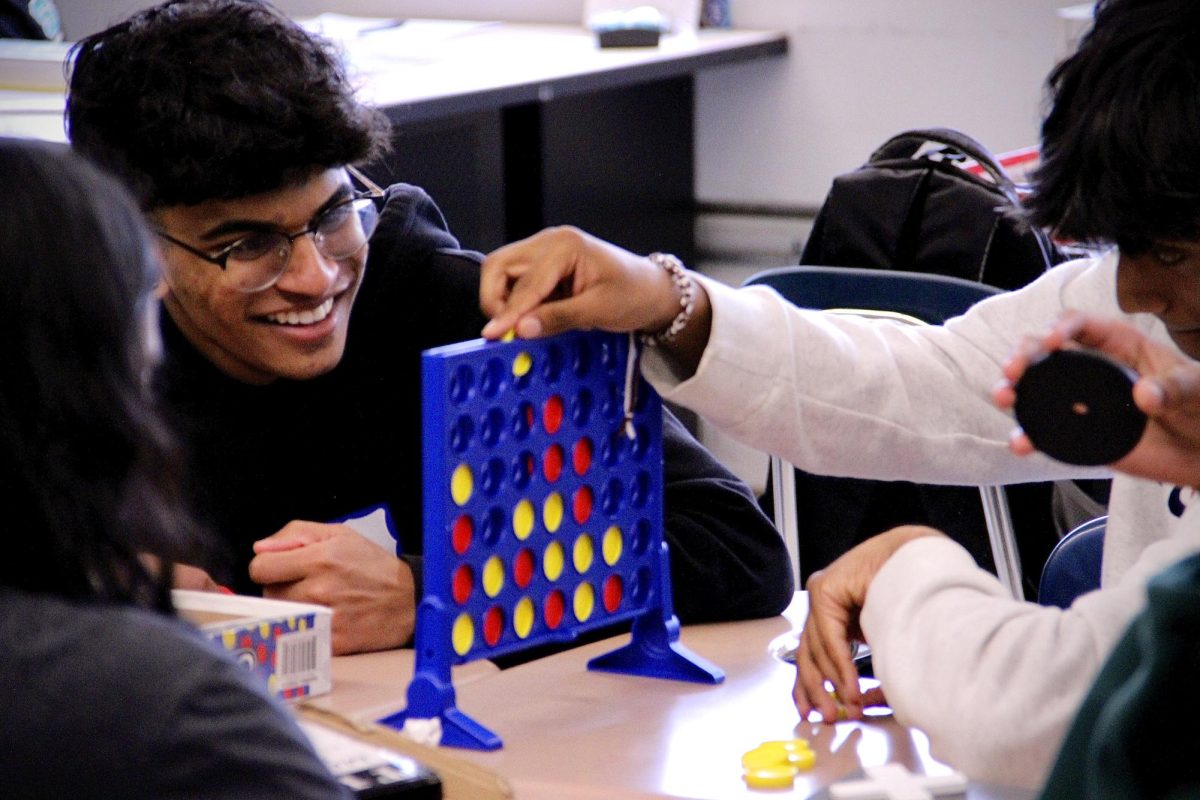What if the human body could grow in a printer—part of it, at least? This is the future brought by 3D printed, or bioprinted, organs. When imagining 3D printed organs, the first vision that comes to most minds is a Willy Wonka-type organ factory, with plastic hearts, lungs, and stomachs floating around. In actuality however, 3D printed organs have become a viable reality, having the potential to replicate the functions of one’s biological organs. Before going into the benefits of 3D printed organs, one must understand the process of bioprinting. The first step is to take a sample of cells—- around the size of a postcard—from the patient’s organ that is to be replaced. The cells are then combined with polymers, such as alginate or hyaluronic acid to create bioink. This ink serves as the “cartridge” of the printer. When inserted into the bioprinter, the ink can form organs based on a custom template that suits the patient’s body’s dimensions. Based on the complexity of the organ being printed, the entire process, starting from the patient’s request to the finished organ, can take up to eight weeks. Taking the overall view of bioprinting, despite concerns about 3D printed organs being “inhuman”, medical professionals should implement more extensive use of bioprinted organs to see improvements in efficiency, cost, and research.
The most prominent benefit of increased bioprinting is its efficiency. According to the Organ Procurement and Transplantation Network, “every 10 minutes, another person is added to the national transplant waiting list”. On top of this, the National Kidney Foundation estimates that prospective patients wait on the waiting list for 3 to 5 years. Furthermore, LifeSource assesses that 17 people die daily from not receiving an organ transplant. This is the disaster which bioprinting can solve. While transplants require donors, who are getting increasingly more difficult to find, 3D printed organs only require a small sample of cells from the patient, making the replacement organ more accessible than an organ from a donor. When the cells are collected, the printing process will take at most two months— a significantly lower waiting period than the 3 to 5 years for a transplant!
But for some, even if they get the organ from a donor, they are faced with another issue: cost. Transplant surgeries tend to be more complex than those for bioprinted organs. For instance, the American Society of Nephrology estimates the average cost of a kidney transplant to be $442,500 with an extra $350,000 spent on dialysis in the future. The total cost of having a 3D printed kidney is around $100,000. Hence, 3D printed organs have the potential to make proper healthcare more accessible to low-income individuals.
But the benefits are not limited to patients- for medical professionals, other than treating patients, research is a large part of the job. In the 21st century, new medical inventions are ubiquitous. However, testing these inventions is the challenge: with the uncertainty with new medical technology, risks can arise if tested on humans. One small error in the protein sequence of a drug could make the difference between life and death. As of now, most medical inventions are tested on animals. Yet, this testing can lead professionals in the wrong direction. For example, the vaccine that proves effective on a rat may be harmful to a human while the medicine that endangers young owls might be life-saving to human babies. Having 3D printed organs would make up for this test-subject shortage. Bioprinted organs mimic the parts of a human’s body, hence by having unlimited organs at disposal, medical technologies could be tested much faster and more accurately. Looking back to 2021, If scientists had 3D printed organs to test COVID-19 vaccines, we would have received our first doses much sooner, quarantine would have been shorter, and the world could have returned to normalcy earlier. That is the potential medical inventions have— all it needs is the testing foundation, which, fatefully, 3D printed organs can provide.
A common argument brought up against 3D printed organs is that 3D printed organs are man-made. Opponents to bioprinting say by having a printed product in our body system, we become less human. Yet a deeper glance can show that 3D printed organs are actually the “human” option. This roots from the fact that while bioprinting incorporates the cells of the patient into the printing process, transplanted organs come directly from the body of the donor— they don’t share any of the patient’s genes. It is this very fact that makes 3D printed organs less likely to be rejected by the patient’s body than transplants. So if our body considers bioprinted organs “more human”, why shouldn’t we? Another common aversion to bioprinting is the fact that it is a new technology. Several patients are afraid to put technology into their body. Yet even in its early stages, 3D printing has been revolutionary! Take 10-year-old Luke Masella. He was born with spina bifida, a spinal disease leading to bladder failure, and eventually kidney degradation. For Luke, surgeries gave no avail, and with time being of the essence, his doctors turned to 3D printing. Within two months, doctors had created a personalized bladder for Luke. But it’s not just bladders: scientists and engineers have 3D printed cartilage, bones, and blood vessels. By the end of the decade, medical experts expect to be able to print advanced organs, such as hearts and lungs.
Overall, 3D printed organs have a plethora of potential— it is just up to medical professionals to unlock it. By increasing the use of bioprinting, patients can receive more medical attention, at lower costs, while medical researchers will have higher accessibility to testing— all while remaining “human”. Saving lives can one day start with one print!
Categories:
Printing People
Story continues below advertisement
0
Donate to The Hawkeye
Your donation will support the student journalists of John P. Stevens High School. Your contribution will allow us to purchase equipment and cover our annual website hosting costs.
More to Discover
About the Contributor

Urja Saha, Staff Writer
Urja Saha is a current Staff Writer and joined the Hawkeye team in 2023. Other than Hawkeye, she is a member of JSA, GirlUp, and Greenhouse Club. Outside of school, Urja is passionate about coding, music, and spending time with friends and family.



































